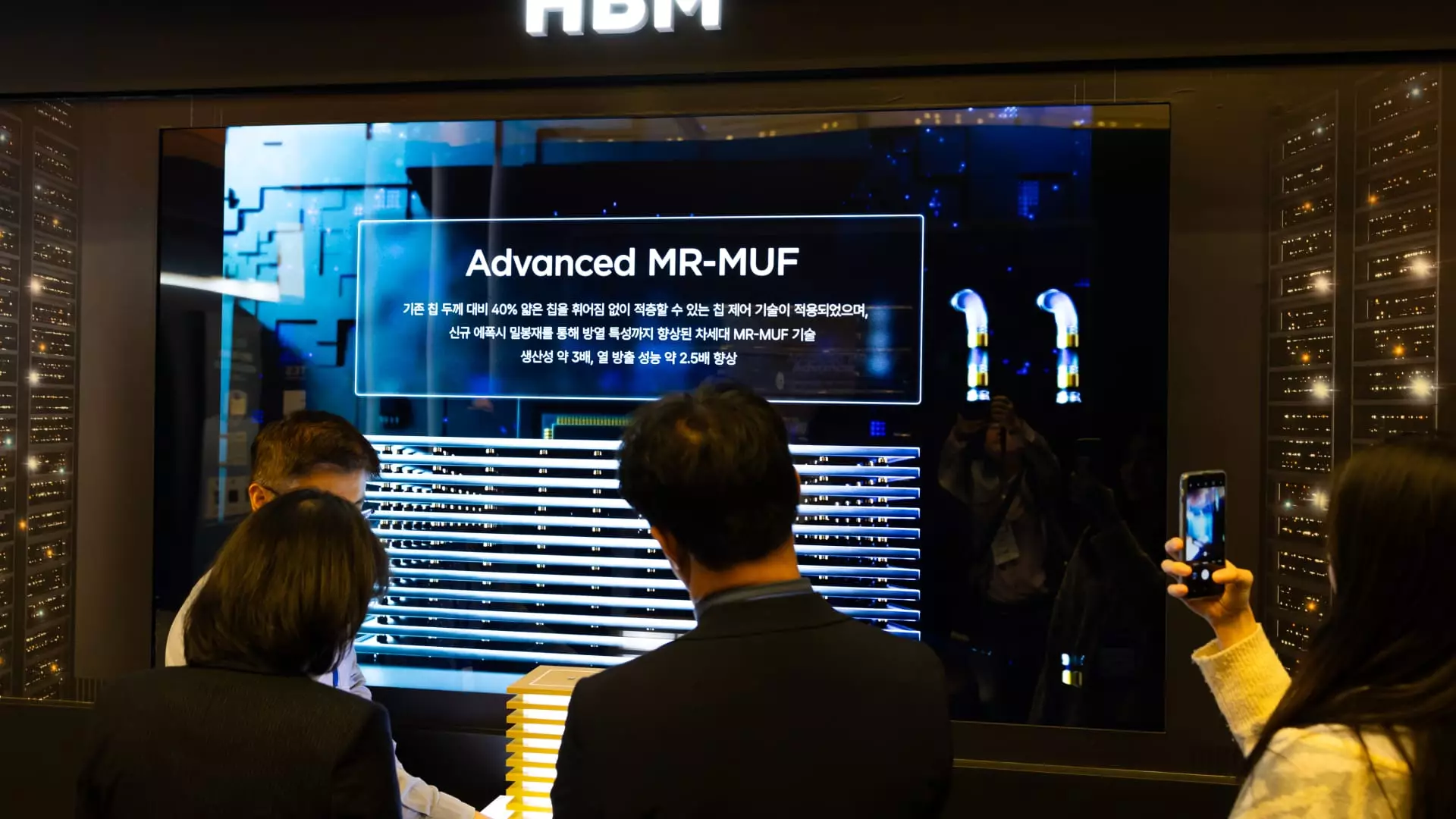In an astonishing move highlighting both trepidation and resilience, South Korea has rolled out an extensive support package aimed at fortifying its semiconductor industry amidst burgeoning fears of impending U.S. tariffs. The reckless dialogue emanating from the White House hints at a possible imposition of tariffs that could devastate a crucial axis of South Korea’s economy. It’s difficult not to view President Trump’s recent actions as an unsettling game of economic chicken, one where the stakes are exceptionally high for countries like South Korea, where the semiconductor sector accounts for a staggering percentage of exports.
The South Korean government’s assertive stride to allocate 33 trillion won—approximately $23.25 billion—represents a significant increase compared to previous years. It illustrates a strategy not merely to buffer against foreign tariffs but to amplify the country’s position as a player in a fiercely competitive global arena. Such steps go beyond mere financial support; they indicate a profound understanding of the essential nature of semiconductor technology in modern economies, touching everything from basic electronics to advanced military hardware.
The Calculated Gambit of Economic Warfare
Trump’s announcement to scrutinize the electronics supply chain on national security grounds reeks of the kind of economic nationalism that has become all too common in recent geopolitical narratives. Yet, rather than adopting a contradictory stance, South Korea has shed complacency and faced this drama head-on with a mix of pragmatism and resolve. By facilitating low-interest loans and working to reduce infrastructural costs for semiconductor companies, the government is not simply defending a sector; it’s investing in its lifeblood.
The ambitious move to back underground power transmission lines to semiconductor clusters is especially noteworthy. This strategy doesn’t just assure electrical stability; it symbolizes a futuristic vision, laying the groundwork for a sustainable semiconductor ecosystem. Moreover, the educational initiatives aimed at both homegrown talent and international collaboration are forward-looking measures that acknowledge that intellectual capital will be as vital as financial support in this strategic race.
Economic Interdependence vs. National Security
As tensions simmer, one must ponder the implications of such a stark pivot toward nationalism. While Trump’s fixation on trade deficits and perceived threats to national security convinces some of the urgency for such tariffs, one must wonder if this approach is self-defeating. Engendering fear and suspicion potentially undermines the interdependencies that have characterized global supply chains, especially in technology.
South Korea’s commitment to tracing a path to innovation and collaboration starkly contrasts with the increasingly isolationist tendencies exhibited by the U.S. This divide raises critical questions: How will global markets react if national interests override cooperative frameworks? Is the semiconductor industry prepared for a future bifurcated by geopolitical fissures, pitting countries against one another in a desperate struggle for dominance?
The answer may lie not solely in economic terms but in how nations choose to navigate this precarious landscape. As South Korea mobilizes resources and fortifies its semiconductor capabilities, the prospect of navigating an increasingly fragmented international community looms large. The stakes have never been more critical, and the outcomes more unpredictable, as we bear witness to this high-stakes geopolitical chess game.


Leave a Reply